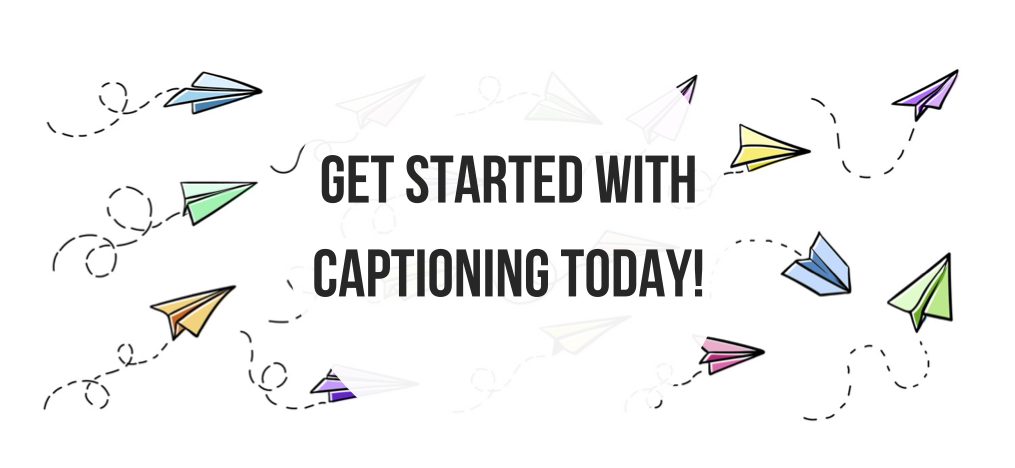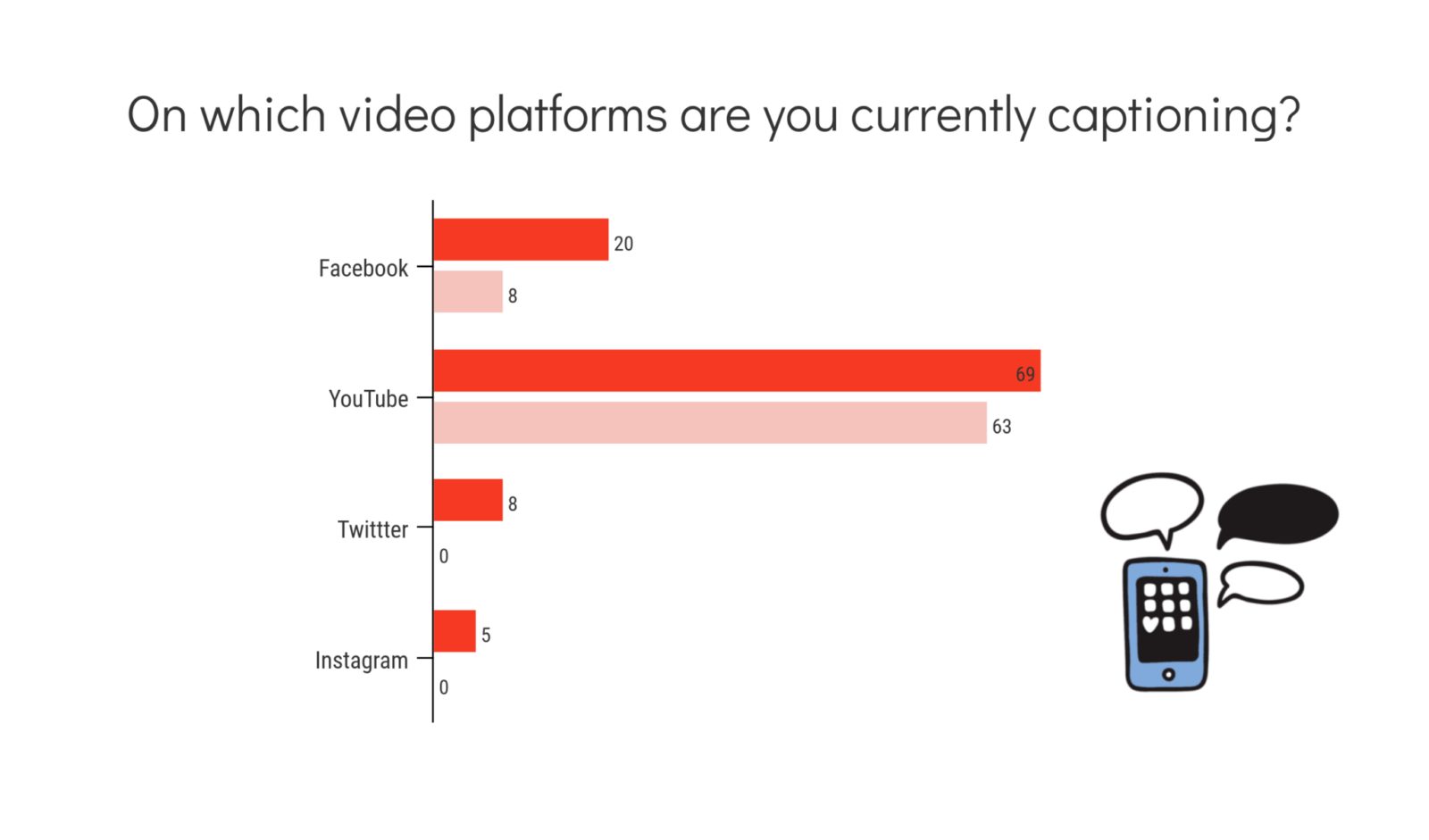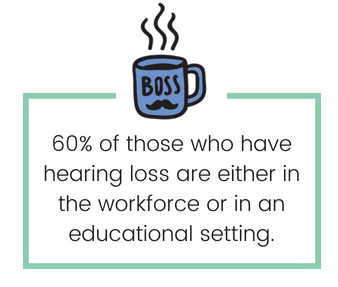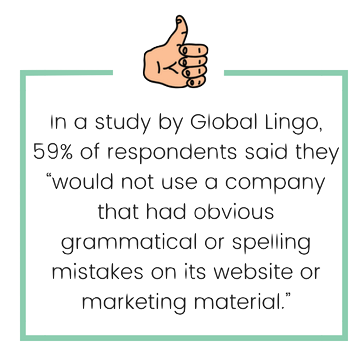Social Video and the Changing Trends in Video Accessibility
Updated: September 20, 2023
Whether you are a university, a small business, a restaurant, or a major brand, you are probably using social video in some capacity.
Thanks to social media, social video is now a resource that companies, organizations, and people can leverage to better communicate with their followers.
But while social media is a free resource that anyone can download, not everyone can access it.
And in terms of video accessibility, social video is often inaccessible for viewers with hearing loss or for viewers with vision loss.
The overall trends demonstrate that social video is on the rise, but is video accessibility rising with it?
Rise of Social Video
Advertisers, influencers, marketers, speakers, teachers, and just about everyone else is using video to tell their story.
Whether it’s live or prerecorded video, social media has paved the way for a video revolution.
The truth of the matter is that while a picture is worth a thousand words, video is priceless.
Studies have shown that video generates 1200% more shares than both images and text.
Video has been proven to increase purchase intent, improve brand recall, and lead to higher engagement.
The most popular social media platforms for video are YouTube, Facebook, and Instagram. All these platforms allow users to publish video and record live video.
In our 2018 State of Captioning report, we saw a significant increase in the number of respondents publishing video to social media when compared to 2017 data.
While YouTube is still the most popular platform to publish video, Facebook, Instagram, and Twitter each saw an increase of over 10% in video publishing.
So what’s driving the demand for video?
One major explanation could be the increase in smartphones. An estimated 2.53 billion people worldwide have a smartphone. In 2017, Cisco reported that mobile video content generated the majority of traffic growth.
Another explanation is the increase in social media advertising. Video has become a major weapon for effectively reaching and converting consumers.
Social Video and Accessibility
Is social video accessible?
While social media makes it easy to upload videos, it doesn’t make it easy to make that video accessible.
Most social media platforms don’t allow users to publish captions or audio descriptions to videos. Furthermore, most social media platforms aren’t very accessible.
This poses a problem in regards to video accessibility.
There are over 48 million Americans who have some degree of hearing loss and 23.7 million who have some degree of vision loss.
Disregarding video accessibility means isolating a major portion of the population.
While social media platforms don’t make adding captions and descriptions to video easier, it’s certainly possible to do so – it just requires extra effort.
71% of people with disabilities leave a website immediately if it is not accessible. Similarly, if a video is not accessible, they just scroll past it.
In our 2018 State of Captioning report, we asked respondents if they are currently captioning on social media. The good news was that when compared to 2017, more people said yes. But while 69% of respondents said they caption on YouTube, fewer people reported they were captioning on other social platforms.
Now what about live video?
Live video is a game changer for social media, but a big challenge for accessibility.
Live video requires live captioning, which can be costly and more complicated to set up as most social media platforms don’t support live captioning.
YouTube and Facebook allow users to host third-party captioning companies; Facebook even offers automatic captions for live broadcasts. But other platforms like Snapchat and Instagram have been slower to the game.
Social Video and ASR
Automatic Speech Recognition (ASR) is a popular method for captioning social video. Essentially, ASR uses voice recognition algorithms to create a transcript of the video’s audio.
Most of the time this transcript is plagued with inconsistencies and poor grammar.
YouTube was one of the first video platforms to offer automatic captions, but their auto-caps are infamous for their inconsistencies and grammatical errors.
Captions make video more accessible, but poor captions make video inaccessible.
At best, automatic captions can be 90% accurate, but once you add more speakers, lower-quality audio, and heavy accents, the accuracy rate starts dwindling.
Yet, automatic captions are increasingly being used to caption social video.
17% of people who say they are publishing video content on social media are also using automatic captions.
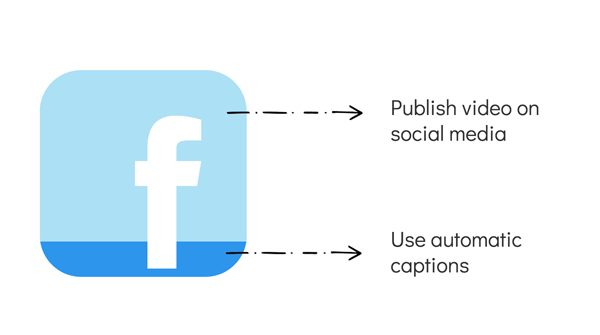
How Do We Increase Accessibility on Social Media?
So how do we increase accessibility on social media? The first step is to begin educating your coworkers and staff on what video accessibility is.
Only a third of the people who are knowledgeable about accessibility laws have a significant influence over the decision to caption.
Sometimes the best way to reach and educate decision-makers on the importance of accessibility is to start from the bottom up.
So start educating your peers.
Once everyone is on the same page and they understand why accessibility is important, you can begin integrating video accessibility practices, like captioning, into your workflow.
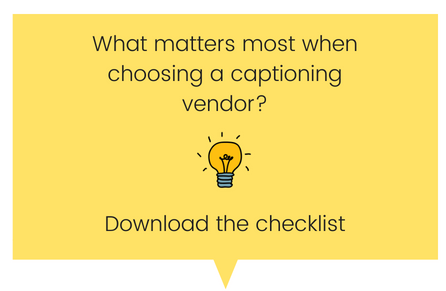
Next, as social media users, we need to let the platforms we use know that they need to be more accessible.
Fortunately, we are already seeing platforms wake up and add more accessibility features, but it isn’t enough. When they begin to see the demand for adding captions or descriptions to videos, they will work on mechanisms to help make it easier for content producers. It’s like supply and demand economics.
By 2019, 80% of the world’s internet traffic will be video.
Perhaps in your organization, you are already noticing an increase in video production. Use your influence to help the rise in video also lead to a rise in accessibility.
